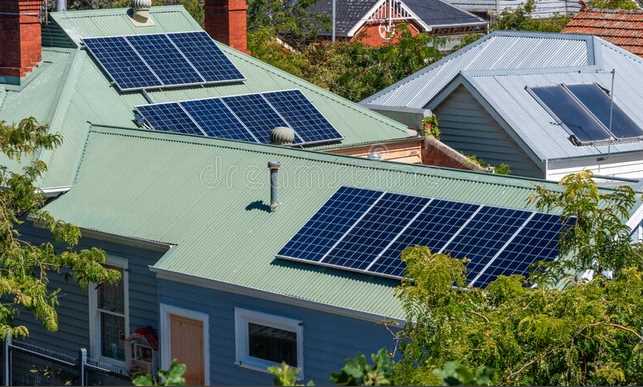Any solar industry professional in Australia wouldn’t be surprised by the high level of demand. Several organisations have flooded the Australian solar market in the past decade, making them favourite installers and homeowners alike. Some ventures faced a rough start in the past because some of their IG series inverters failed frequently. In their defence, engineers discovered how to eliminate faulty interconnects in inverters and switched to a more reliable design when they died.
Since the world has become increasingly interested in renewable energy sources, interest in solar inverter in Brisbane has also increased at an astonishing rate. The ability of the sun to power an entire home is a great benefit to the environment (think of all the electricity saved!) and is also a great use of a resource that we have access to for many hours each week.
However, do you know how solar panels are built and what makes them work? Solar systems have three parts: solar panels (or photovoltaic panels), a solar inverter (super important), and a rack to hold everything together. Depending on the system, you may also include batteries and electric metres. For each scenario, the number and type of panels will differ based on the energy output required.
What Is A Solar Inverter?
Solar inverters are essential components of a solar power system. An inverter converts the energy output from solar panels to a form of electricity that can be used or stored by your home or business.
What Are Solar Inverters Used For?
By converting your solar panel’s variable direct current output, or ‘DC,’ into 110V/240V alternating current, or ‘AC,’ you can use a solar inverter to produce electricity. Since the appliances in your home run on AC and your solar panels collect DC power, the inverter must convert it into AC power.
Your solar panels are made of crystalline silicon or gallium arsenide semiconductor layers for those less technically minded. The sun will shine bright on the solar panels to power your home with electricity. It is a combination of both negative and positive layers, connected by junctions.
PV cells receive energy from the sun through semiconductor layers. Energy from the bumping electrons leads to an electric current known as direct current (DC), which travels between positive and negative layers. Depending on your system, the energy is either stored in batteries for later use or sent directly to an inverter.
Energy Production From Solar Systems
Even though the inverter sends the energy in DC format, your home requires AC. With the power from the solar panel, the inverter runs it through the transformer, producing AC power.
By affecting the transformer to act similarly to AC, the inverter tricks it into thinking the DC is AC – the inverter is run through two or more transistors that turn on and off very fast and feed the transformer from two different sides.
Solar Inverters: Types And Uses
Inverters come in various types, and now that you know what they are and how they work, let’s discuss them. There are several types of solar inverters in Brisbane, each with varying benefits:
- Battery Inverters
When retrofitting your solar panels with batteries, or if you want to keep your battery separate from your meetings and run it through a different inverter, a battery inverter is an ideal solution. Battery inverters reduce the voltage of your batteries to 230 volts and feed that voltage into the switchboard (instead of grid power).
- Central Inverters
Big inverters are used when large systems are required and need to handle hundreds of kW (or even megawatts) of power. They act as large metal cabinets that can take 500kW of energy each and are not residential. Large-scale solar farms or large-scale solar installations are generally used for commercial purposes.
- Hybrid Inverters
The hybrid inverter is also known as the ‘multimode inverter’ and is pretty uncommon in Australia. Its electronics manage the charging and discharging. They enable your solar system to be connected to batteries, and a DC charger is connected to the battery through ‘DC coupling.’
Get The Best Solar Inverter!
Installing a solar panel may seem like a daunting task if you purchase one for the first time. Determining the right solar panel is a critical step! The question arises. What are the significant factors to consider? Therefore, you need to get the perfect knowledge about the ideal types and uses of solar inverters.
